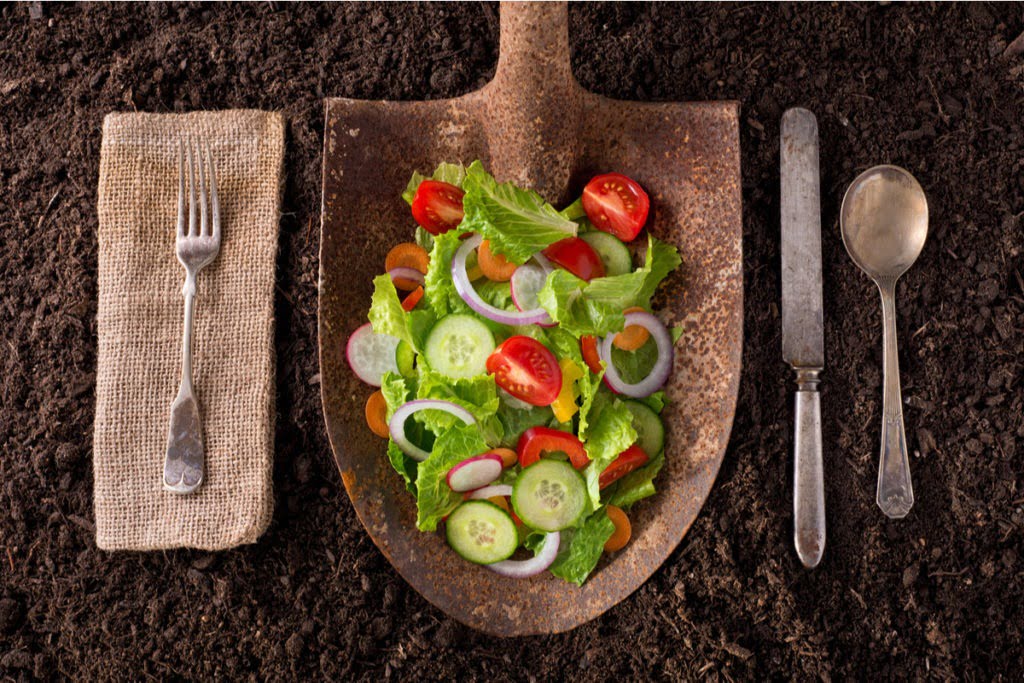Planning your Edible Garden for Spring

When the snow is falling in the wintertime, heaters are on full blast, and young children frolic in the snowmaking snow angels; what better time is there than now to plan to make your garden from springtime? The answer is yes; you will arrange for the future like little chipmunks storing up food for the […]
Helpful Tips for Winter Lawn Care
During colder weather, most grass remains dormant. While this is true, it does not mean you can ignore your lawn or proper care and maintenance. If you want to ensure your lawn remains healthy throughout the year – even when it is cold out – use the tips and information here. Fertilize You should apply […]
Proper Care For New England Lawns

Lawns of the New England states are affected by the regional characteristics that are specific to the climate and geography of the area. These characteristics influence all aspects of lawn care from fertilization needs to disease and pest control. Keeping New England turfs healthy requires not only an understanding of the region’s natural environmental specificities […]

